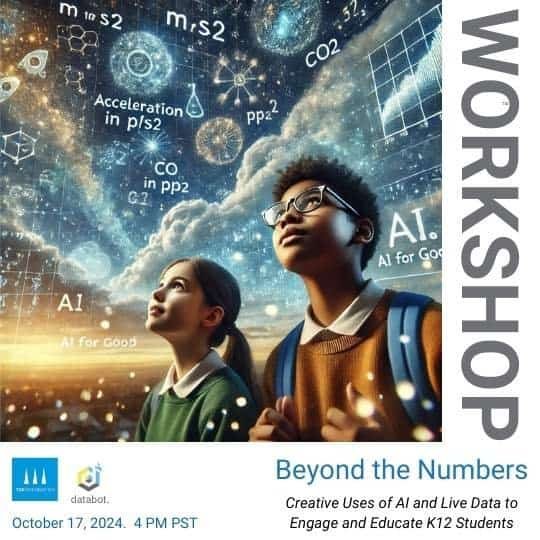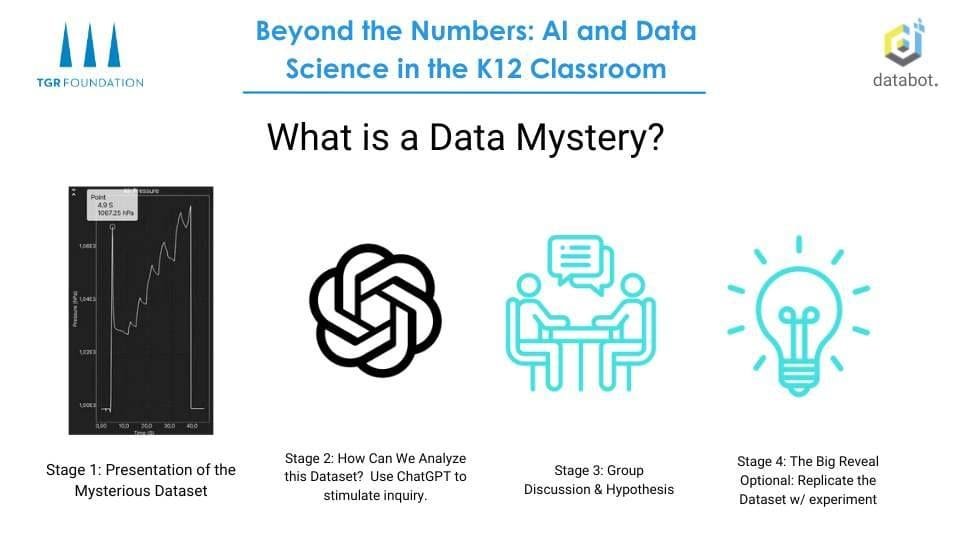Essence of the Air Pressure Experiment
The experiment is based on measuring changes in air pressure using databot during a specific activity.
CLUE: the phenomenon being represented is VERY COMMON. Everyone has probably witnessed or actually done this at one time or another.
CLUE: The duration and interim steps of the experiment may vary significantly, however, the experiment consistently demonstrates an initial significant air pressure spike, followed by a rapid descent to a much lower initial value. Subsequently, the pressure gradually increases in increments. When the pressure nears or exceeds the initial peak value, it sharply returns to the original level.
CLUE: The initial air pressure level and the ending air pressure value are equal.

CLUE: Ponder the different data sets. The beginning and end are very similar for each set, but the interim data seems to vary wildly. The time frame also ranges widely from 40 seconds to 100 seconds. Do you think this is an artificial (human-made) phenomenon or naturally occurring?










